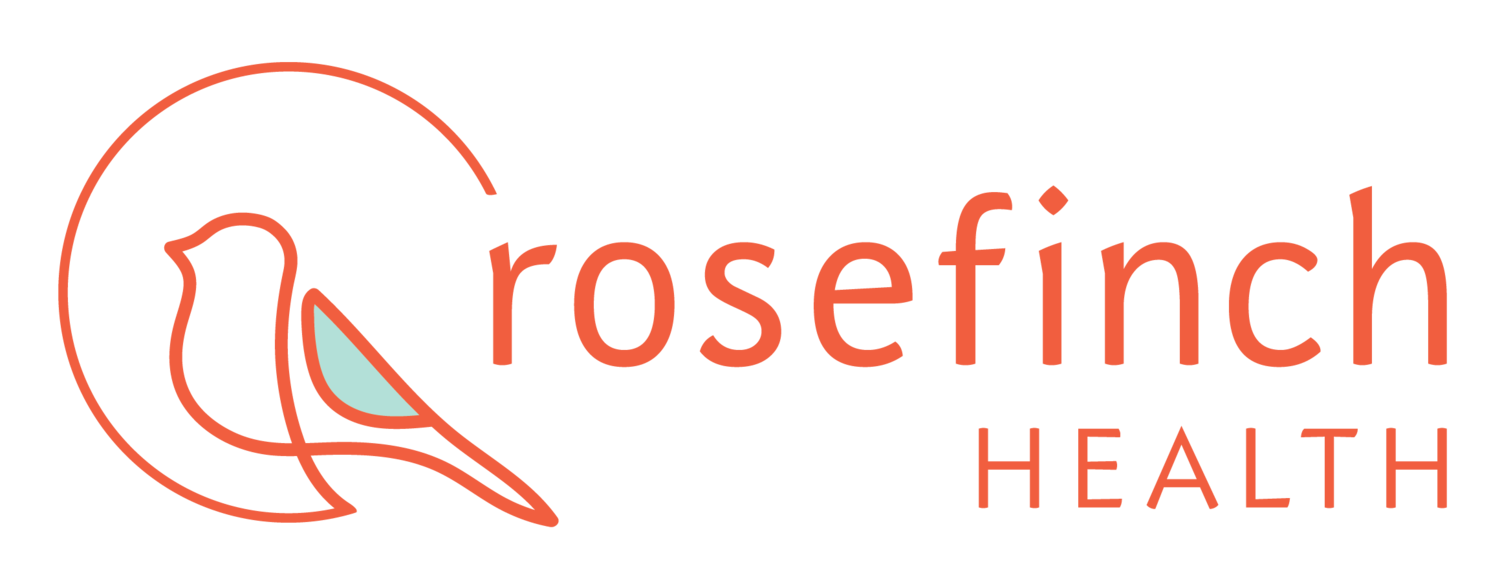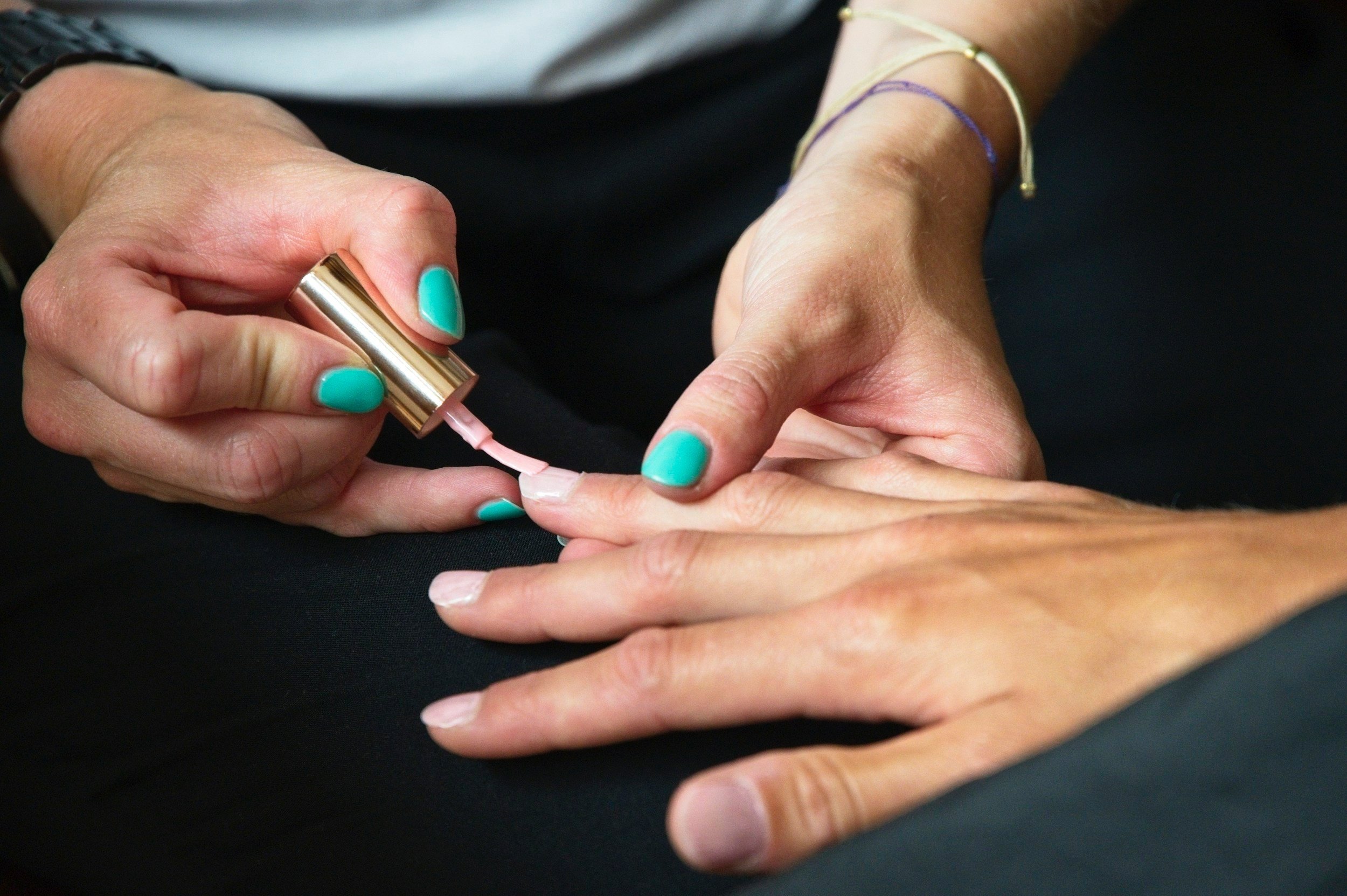Are Manicures Safe During Pregnancy and Fertility Treatments? A Reproductive Medicine Expert's Guide
Short answer:
While manicures aren't completely off-limits during pregnancy or fertility treatments, nail polish contains endocrine-disrupting chemicals like formaldehyde, toluene, and dibutyl phthalate (DBP) that can be absorbed through skin and inhalation. These chemicals may affect reproductive health, but you can still enjoy nail care with safer practices.
Let's be honest – who doesn't love perfectly polished nails? There's something so satisfying about a fresh manicure that makes you feel put-together and confident. As a reproductive medicine specialist, I hear from patients all the time about their monthly nail appointments being sacred self-care time, and I completely understand why.
But if you're trying to conceive, currently pregnant, or undergoing breast cancer treatment, you might be wondering: "Can nail polish affect my fertility?" or "Are gel manicures safe during pregnancy?" Here's what the latest research reveals.
What Chemicals Are in Nail Polish That Affect Fertility?
Nail polish works by dissolving colorful polymers in solvents that evaporate to create that beautiful, hardened finish. The concerning part? Many formulations contain what researchers call the "toxic trio" plus other harmful chemicals:
Formaldehyde (potential carcinogen)
Toluene (reproductive toxin)
Dibutyl phthalate (DBP) (endocrine disruptor)
Triphenyl phosphate (TPHP) (hormone disruptor)
Formaldehyde resin
Camphor
How much do these chemicals absorb into your body?
A groundbreaking study published May 5, 2025, found that "nail products can be systemically absorbed via vapor inhalation, dermal absorption through direct skin contact, and unintentional digestion from nail biting or hand-to-mouth behavior." Research from Duke University and the Environmental Working Group confirms your body does absorb these chemicals, though the exact amounts remain under investigation.
How Do Nail Salon Chemicals Affect Reproductive Health?
The short answer: These endocrine-disrupting chemicals can interfere with your hormone system, potentially affecting ovulation, egg quality, and overall reproductive function. While we don't have definitive data on exactly how much exposure causes problems, limiting unnecessary exposure during critical reproductive periods makes biological sense.
Beyond chemical concerns, nail treatments pose additional risks:
Contact dermatitis from product ingredients
Nail bed damage from frequent gel manicures
UV light exposure during gel curing (potential skin cancer risk)
Increased infection risk from shared powder dip containers and non-sterile cuticle tools
Should I Avoid Manicures Completely During IVF or Pregnancy?
No, you don't need to swear off manicures forever. Instead, here's my evidence-based approach for patients who want safer nail care:
Safest Options for Pregnancy and Fertility Treatments:
Go natural when possible. Your natural nails are beautiful – sometimes the best manicure is simply well-shaped, clean nails with healthy cuticles.
Master DIY nail care. For at-home nail shaping, here's a great tutorial that teaches professional techniques.
Use simple, natural cuticle care. Skip commercial cuticle treatments and use 100% jojoba oil or coconut oil instead.
When You Do Visit Nail Salons:
Time visits strategically. Limit nail salon visits 2-4 weeks before egg retrievals or embryo transfers.
Choose well-ventilated salons. Good airflow reduces chemical vapor exposure significantly.
Wear a mask to avoid inhalation of fine particles if your nail artist uses a grinding tool.
Bring your own tools. To avoid cross-contamination, consider bringing your own professional-grade manicure tools.
Avoid cuticle cutting. Leave your cuticles as they are, or request gentle cuticle pushing instead to minimize the risk of infection.
Apply SPF protection. Use sunscreen on hands and feet one hour before gel services.
Skip shared powder dips. These pose the highest infection risk due to contamination potential.
What Are the Safest Nail Polish Alternatives During Pregnancy?
Water-based polishes contain fewer toxic solvents and dry without UV light exposure. "3-free," "5-free," or "10-free" polishes eliminate some (but not all) concerning chemicals. Breathable nail polishes allow oxygen and moisture to pass through, potentially reducing chemical absorption.
How Long Should I Avoid Nail Treatments Before Fertility Procedures?
For egg retrievals: Consider avoiding chemical-heavy nail treatments 4-6 weeks prior to optimize egg quality during the final maturation phase.
For embryo transfers: A 2 week break from nail salon visits can minimize exposure during the critical implantation window.
During pregnancy: Focus on safer alternatives, especially during the first trimester when organ development occurs.
Frequently Asked Questions About Nail Safety and Fertility
Q: Can I get a manicure the day before my embryo transfer? A: It's better to avoid chemical-heavy treatments within 1-2 weeks of transfer. Opt for a natural manicure or simple nail shaping instead.
Q: Are gel manicures worse than regular polish for fertility? A: Gel manicures require UV light exposure and often contain additional chemicals for durability, making them potentially more concerning than traditional polish.
Q: How often can I safely get manicures while trying to conceive? A: If you choose to continue nail treatments, spacing them 3-4 weeks apart and choosing well-ventilated salons with safer products minimizes exposure.
The Bottom Line: Balancing Self-Care and Reproductive Health
While we can't eliminate all endocrine-disrupting chemical exposure in modern life, making informed choices about when and how we limit exposure during critical reproductive periods makes sense. Your fertility journey matters, and every conscious decision to reduce potentially harmful exposures supports your overall health goals.
Remember, this isn't about achieving perfection – it's about making thoughtful choices that align with your health priorities while still allowing space for self-care practices that make you feel confident and beautiful. Small, strategic modifications to your beauty routine can make a meaningful difference without requiring you to sacrifice everything you enjoy.
Key Takeaway: You don't have to choose between beautiful nails and reproductive health. By timing salon visits strategically, choosing safer products and practices, and prioritizing well-ventilated spaces, you can maintain your self-care routine while supporting your fertility goals.
Have more questions about reproductive toxins and their influence on fertility? Reach out via email.


